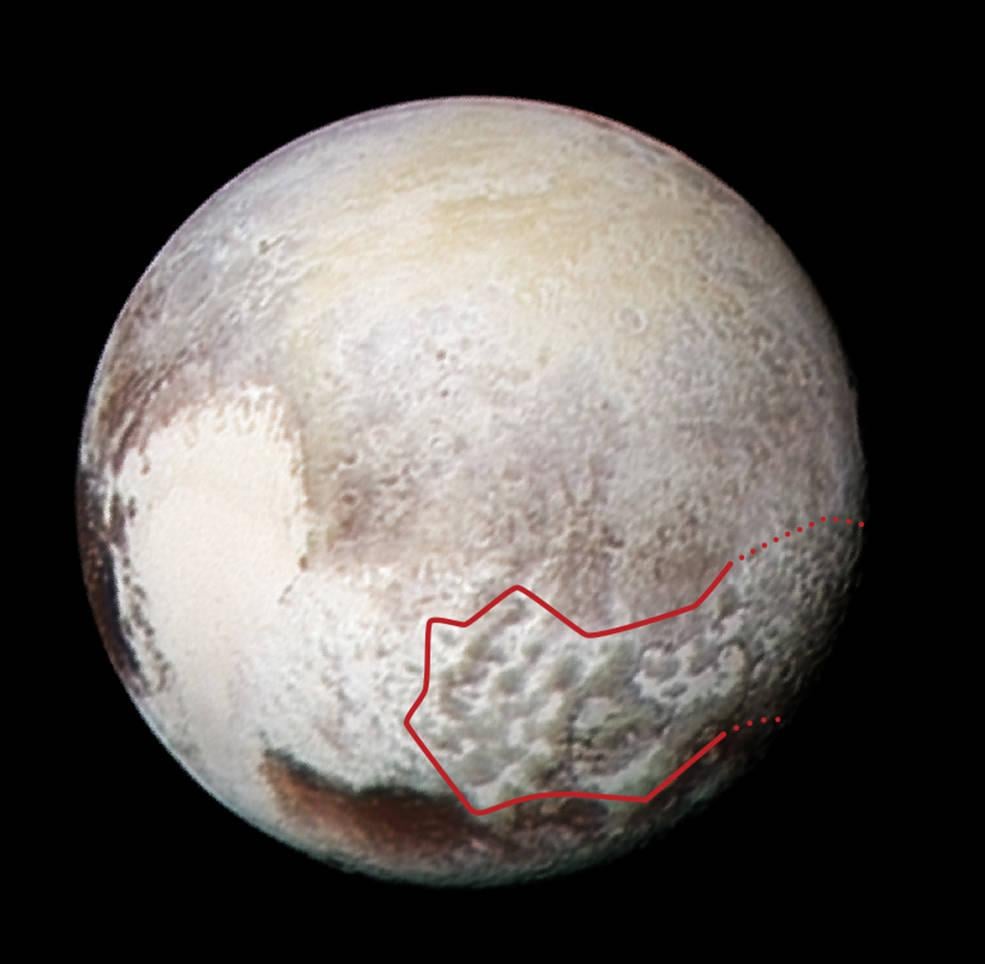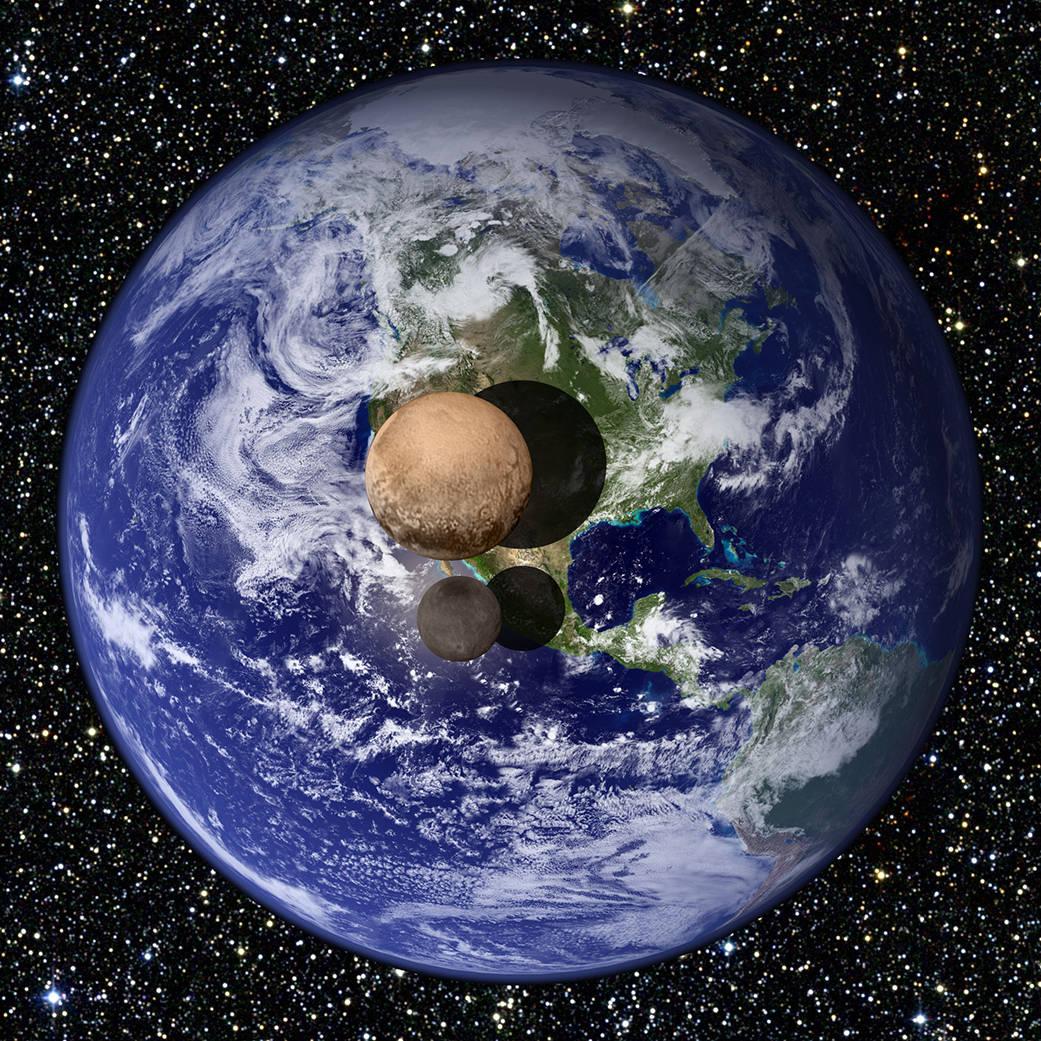New Horizons Timeline: Journey To Explore Pluto
April 06, 2016The New Horizons mission's goal is to investigate the deepest secrets of the Solar System, discover more about Pluto, its Moons and Kuiper Belt objects. Since the Pluto flyby in July 2015, new images have been trickling in to NASA. But interest in exploring Pluto can be traced back in our archives as far back as 1988 when a group of scientists discovered the planet's atmosphere.
The Pluto/Kuiper Express mission was planned as far back as 2001, but nothing came of it until 2006. In an issue of Aviation Week in early 2006, the mission was described as the most potent of U.S. planetry flight since the launch of Voyager 2.
Aviation Week described the impending launch of the New Horizons Pluto flyby spacecraft as a "a tour de force of rocketry, technology."
The spacecraft, expected to zoom past the Moon in just 9 hr. on the first mission to the dwarf planet, was "poised to become the fastest vehicle ever to depart Earth, blazing outbound at 10.07 mi. per sec. New Horizons velocity will be about 10,000 mph. faster than most previous Earth escape flights to the Moon and planets.
"Given the spacecraft's need for speed, the solution was to launch it on the biggest booster available to achieve the fastest velocity to reach Pluto 3 billion mi. away as early as July 2015."
The story was proved to be right on target, as New Horizons sped past Pluto last July.










